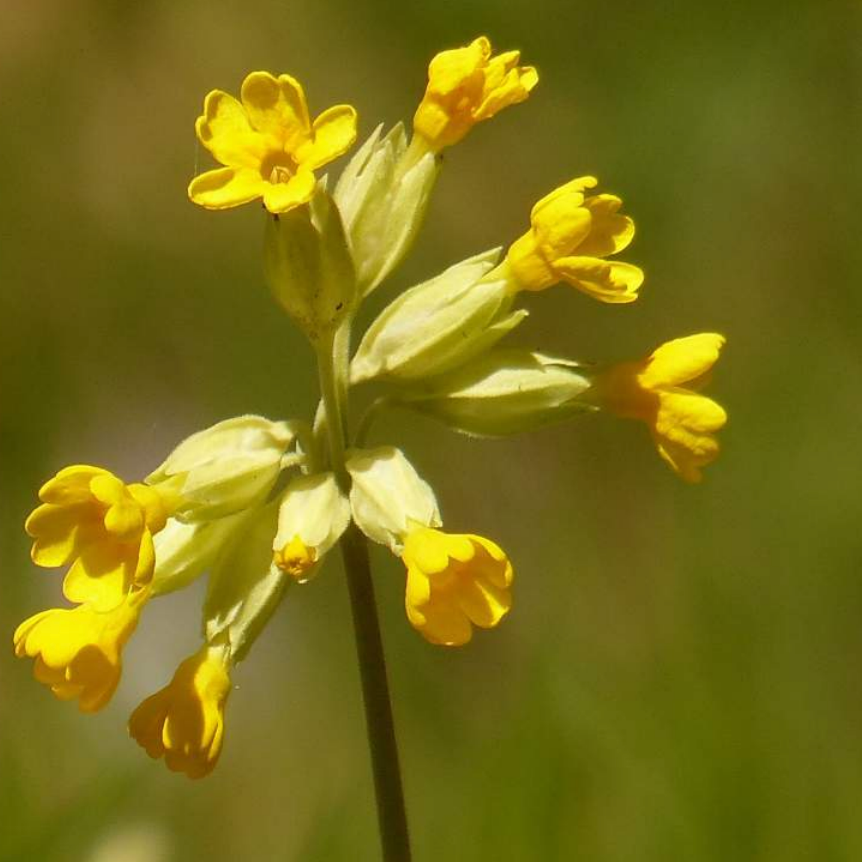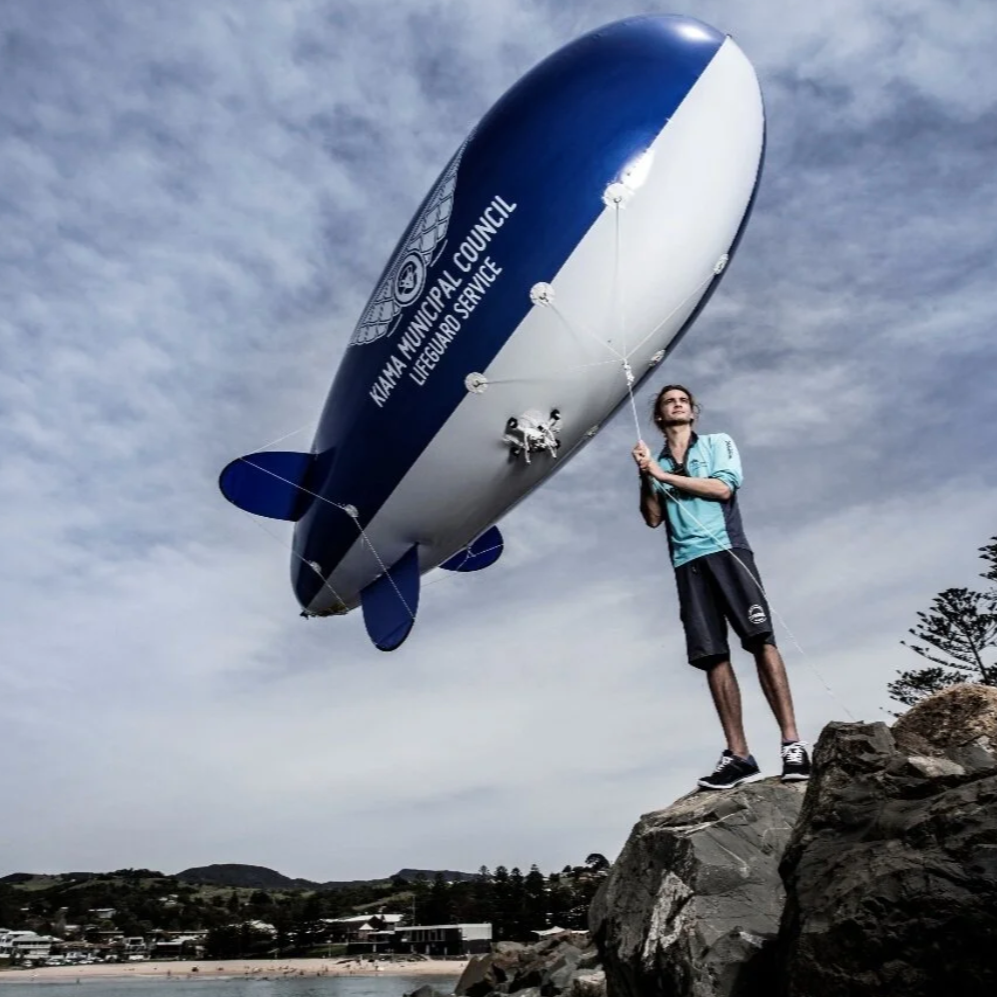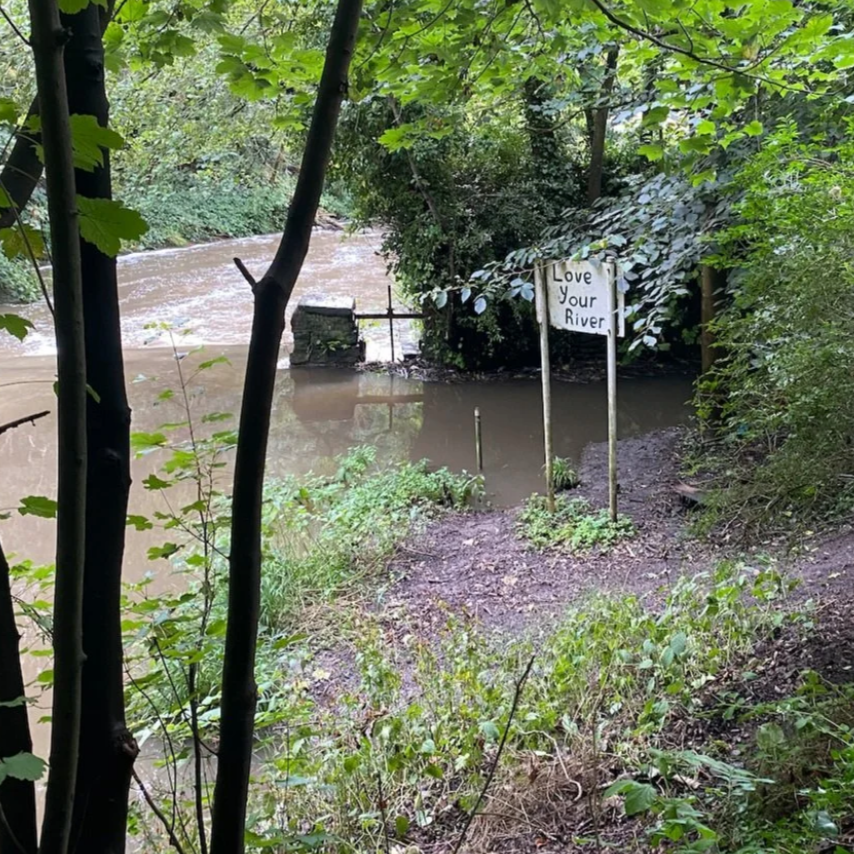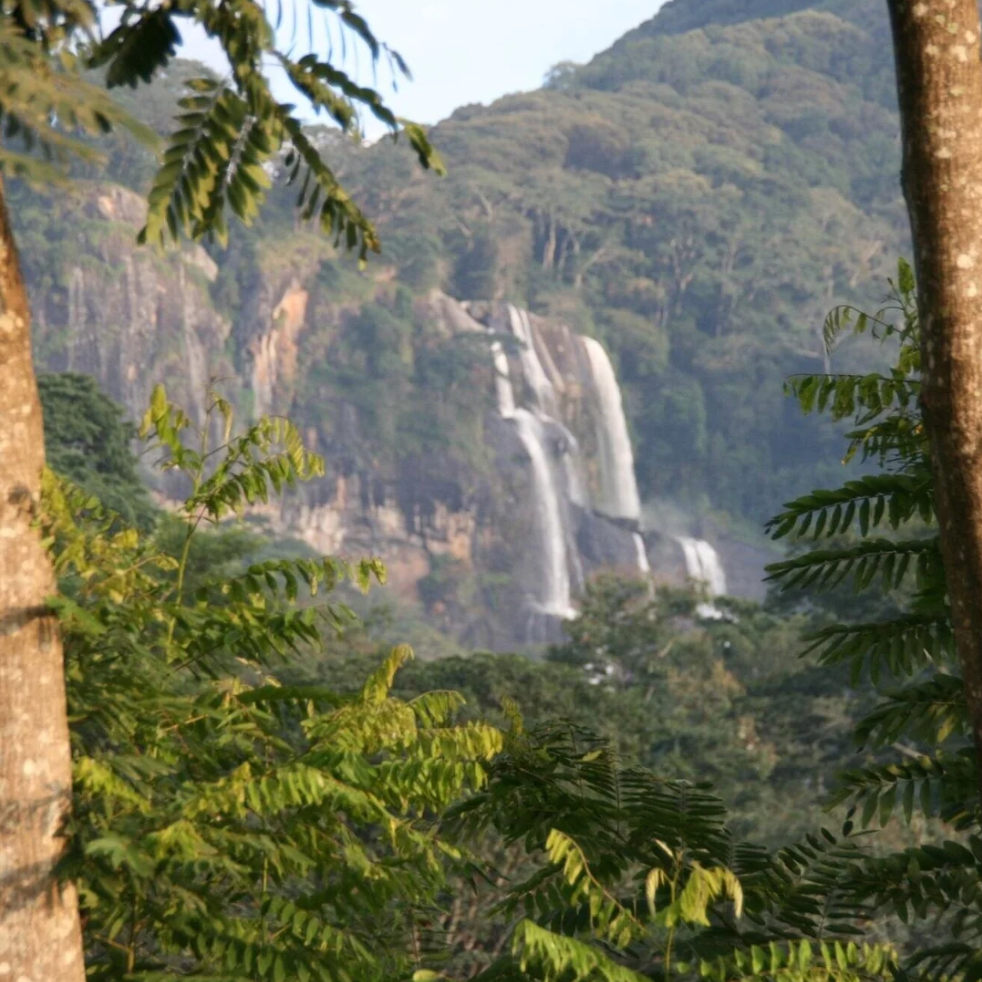Journalism portfolio
I am an environmental journalist and science writer with an academic and research background in biosciences and ecology (MRes, BSc). My reporting focuses on climate change, the intersection of environmental policy and social justice, and the impacts of technological innovation on society and the natural world. I produce evidence-based, human-centred investigations and features that make complex issues accessible and relevant. Explore my selected work below or get in touch regarding commissions and collaborations.
The Networks of Women Behind the Polio Vaccine
Lady Science
A feature exploring the overlooked women whose contributions made Jonas Salk’s polio vaccine possible, and what their legacy reveals about collaboration and gender bias in medical research.
Reducing the amount of time spent sitting at work; how do we do it and why should we?
BMC Series
An evidence-based piece examining how workplace interventions, from sit-stand desks to movement breaks, can reduce sedentary behaviour, improve employee health, and transform how we think about the modern office environment.
Brexit and Britain: The Changing Face of Conservation
New Nature
A commentary examining how Britain’s departure from the EU threatens decades of environmental protections, warning that weakened conservation laws could endanger habitats, species, and hard-won ecological safeguards unless robust new policies replace those established under European legislation.
Are Blimps the New Drones? Lessons for Wildlife Conservation Research
Step(h) into Nature
A feature investigating how researchers in Australia are using blimps as an innovative, low-impact tool for wildlife conservation, offering a quieter, more sustainable alternative to drones and helicopters for studying animal behaviour and monitoring fragile ecosystems.
Is There Time to Save the River Frome?
Step(h) into Nature
An investigative feature uncovering the extent of water pollution in Bristol’s River Frome, revealing how sewage discharges, agricultural runoff, and weak enforcement are degrading local ecosystems, and calling for greater accountability to protect urban waterways and the communities that depend on them.
How to protect ‘small uglies’: The pioneering WAWA charity championing lesser-loved animals
Step(h) into Nature
A feature highlighting some of the world’s most unusual and creative wildlife conservation charities, showcasing how innovative approaches, from rewilding projects to species-specific rescue efforts, are making a difference in protecting endangered animals and preserving global biodiversity.
What do color vision and red coloration in birds have in common? A study of ‘The Red Gene’
BMC Series
A science feature unpacking new genetic research that found that the same gene responsible for red coloration in birds also underpins their ability to perceive the colour red, linking appearance and perception through shared evolutionary pathways.
Two thumbs, one hand – a robotic body modification
On Medicine
A feature exploring how a robotic thumb extension challenges our understanding of human dexterity and brain plasticity, demonstrating how the body can adapt to artificial enhancements.
The role of green belts in Britain’s housing crisis
New Nature
A feature analysing how Britain’s housing crisis has reignited debate over building on green belt land, arguing that true affordability won’t be achieved through private development and that protecting agricultural and natural spaces remains vital for food security, biodiversity, and public well-being.
A forest in crisis: The Udzungwa Scarp of Tanzania
Step(h) into Nature
A feature exploring conservation efforts in Tanzania’s Udzungwa Scarp Forest Reserve, examining the region’s exceptional biodiversity, the threats posed by deforestation and human activity, and the vital work being done to protect one of East Africa’s most important mountain ecosystems.










